Home>Gardening & Outdoor>Landscaping Ideas>How To Help My Grass Grow
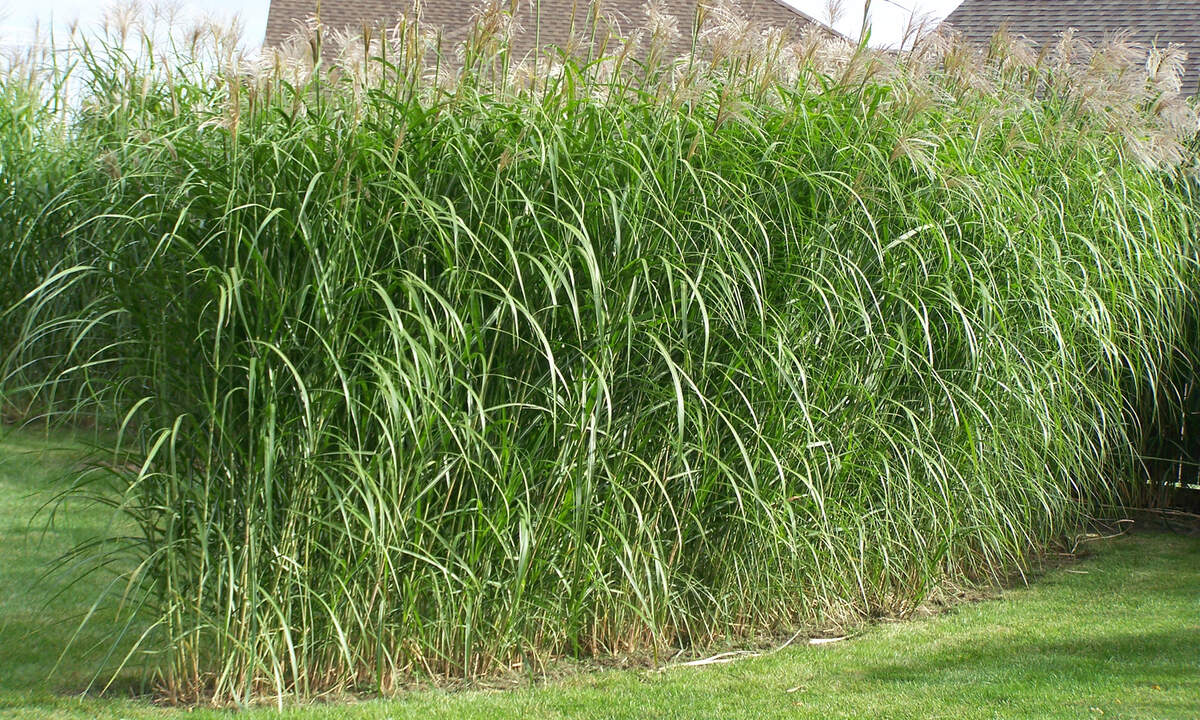

Landscaping Ideas
How To Help My Grass Grow
Published: January 30, 2024
Discover effective landscaping ideas to help your grass grow and thrive. Learn expert tips and techniques for a lush, vibrant lawn.
(Many of the links in this article redirect to a specific reviewed product. Your purchase of these products through affiliate links helps to generate commission for Storables.com, at no extra cost. Learn more)
**
Introduction
**
So, you've got a beautiful yard, and you want to make sure your grass is as lush and vibrant as possible. You're in the right place! A healthy, green lawn can significantly enhance the overall aesthetic appeal of your property, providing a welcoming and relaxing outdoor space for you and your family to enjoy. However, achieving and maintaining a stunning lawn requires a combination of knowledge, effort, and the right techniques.
In this comprehensive guide, we'll explore various strategies to help you nurture your grass and promote healthy growth. From understanding the specific needs of your grass to implementing proper watering, fertilizing, mowing, and weed control techniques, we'll cover everything you need to know to cultivate a thriving lawn.
Whether you're a seasoned lawn care enthusiast or a beginner looking to elevate your landscaping game, this article will provide valuable insights and practical tips to help you achieve the lawn of your dreams. So, roll up your sleeves, grab your gardening tools, and let's dive into the wonderful world of grass care!
Key Takeaways:
- Understanding your grass type, soil, and sunlight patterns is crucial for nurturing a healthy lawn. Tailoring care to meet your grass’s unique needs promotes robust growth and long-term vitality.
- Employing proper watering, fertilizing, mowing, and weed control techniques sustains a vibrant, resilient lawn. Embrace the process of nurturing your grass to create a tranquil and inviting outdoor space.
Read more: What Helps Grass Grow Fast
Understanding Your Grass
Before delving into the best practices for nurturing your lawn, it’s essential to understand the type of grass you have. Different grass species have unique characteristics and requirements, so identifying your grass variety is the first step toward providing tailored care.
There are two primary categories of grass: cool-season grasses and warm-season grasses. Cool-season grasses, such as Kentucky bluegrass and fescue, thrive in regions with moderate temperatures and are known for their ability to withstand cold weather. On the other hand, warm-season grasses, including Bermuda grass and zoysia grass, are well-suited to hot climates and exhibit optimal growth during the warmer months.
Additionally, within each category, there are specific grass species and cultivars that offer distinct features, such as drought tolerance, shade resistance, or rapid growth. By identifying the precise type of grass in your lawn, you can tailor your care regimen to meet its unique needs.
Factors such as soil composition, sunlight exposure, and climate conditions also play a significant role in understanding your grass. Conducting a soil test can provide valuable insights into the pH level, nutrient content, and overall health of your soil, enabling you to make informed decisions regarding fertilization and soil amendments.
Furthermore, observing how sunlight patterns shift across your lawn throughout the day can help you identify areas of shade and direct sunlight. This knowledge is crucial for selecting the right grass species or implementing strategies to address potential challenges, such as promoting better airflow and moisture retention in shaded areas.
By gaining a deeper understanding of your grass variety, soil quality, and environmental factors, you’ll be better equipped to implement targeted lawn care practices that will promote robust growth and long-term vitality.
Proper Watering Techniques
Water is a fundamental element in maintaining a healthy lawn, and employing proper watering techniques is essential for promoting robust grass growth. While it may seem simple, watering your lawn effectively involves a delicate balance to ensure optimal hydration without over-saturation.
One of the most critical factors to consider is the timing of watering. Early morning, preferably before 10 a.m., is the best time to water your lawn. This allows the grass blades to dry before evening, reducing the risk of fungal diseases. Watering during the heat of the day leads to excessive evaporation, while watering at night can create prolonged moisture on the grass, inviting potential issues.
When it comes to frequency, a deep and infrequent watering schedule is generally recommended. This encourages the grass roots to grow deeper into the soil in search of moisture, resulting in a more drought-resistant lawn. Aim to provide around 1 to 1.5 inches of water per week, either from rainfall or irrigation, to maintain adequate soil moisture levels.
Utilizing a sprinkler system or soaker hoses can help ensure even water distribution across the lawn. It’s important to monitor the watering process to prevent runoff, especially on sloped areas, and adjust the duration based on the specific needs of your grass and soil type.
Understanding the moisture needs of your grass is crucial in determining the appropriate watering frequency. Factors such as soil composition, grass type, and local climate conditions all influence the water requirements of your lawn. Observing the signs of dehydration, such as a bluish tint or footprints that remain visible, can indicate when it’s time to water.
By implementing these proper watering techniques, you can sustain a well-hydrated lawn that exhibits vibrant growth and resilience, contributing to the overall health and beauty of your outdoor space.
Fertilizing Your Lawn
Applying the right type and amount of fertilizer to your lawn is a crucial aspect of nurturing healthy grass growth. Fertilization provides essential nutrients that support the development of strong, vibrant grass, contributing to a lush and resilient lawn.
Before applying fertilizer, it’s beneficial to conduct a soil test to assess the existing nutrient levels and pH balance. This information will guide you in selecting the appropriate fertilizer formulation and determining the optimal application frequency. Most fertilizers contain varying proportions of nitrogen, phosphorus, and potassium, commonly referred to as N-P-K, along with other micronutrients.
When choosing a fertilizer, consider the specific needs of your grass variety and the current season. For cool-season grasses, early fall and late spring are ideal times for fertilization, while warm-season grasses benefit from fertilization during their active growth periods in late spring and summer.
Proper application techniques are essential to ensure the effective distribution of fertilizer across the lawn. Using a broadcast spreader or a drop spreader can help achieve even coverage and prevent concentrated application in localized areas. It’s important to follow the manufacturer’s instructions regarding the application rate and to water the lawn after fertilizing to facilitate nutrient absorption.
Additionally, consider using slow-release fertilizers, which provide a steady supply of nutrients over an extended period, promoting consistent grass growth and minimizing the risk of nutrient leaching. These formulations offer the advantage of requiring less frequent applications, reducing the overall maintenance demands of your lawn.
Regular fertilization, combined with proper watering and mowing practices, contributes to the overall vigor and resilience of your lawn, enhancing its ability to withstand environmental stressors and maintain a vibrant, green appearance throughout the growing season.
Water your grass deeply and infrequently to encourage deep root growth. Aim for 1-1.5 inches of water per week, either from rainfall or irrigation. This will help your grass become more drought-resistant and healthier overall.
Mowing Tips
Proper mowing is a cornerstone of effective lawn care and plays a significant role in maintaining the health and appearance of your grass. By adhering to best mowing practices, you can encourage strong root development, minimize weed growth, and promote a lush, well-manicured lawn.
One of the key considerations when mowing your lawn is determining the appropriate mowing height for your specific grass variety. Different grasses have distinct optimal heights, and it’s essential to adhere to these guidelines to avoid stressing the grass or impeding its growth. For example, cool-season grasses such as Kentucky bluegrass typically thrive when mowed to a height of 2.5 to 3.5 inches, while warm-season grasses like Bermuda grass are often maintained at lower heights, around 1 to 1.5 inches.
Regular mowing is essential to prevent the grass from becoming excessively long, which can lead to thatch buildup and inhibit air and nutrient penetration. However, it’s crucial to avoid cutting more than one-third of the grass blade length in a single mowing session to prevent shock and stress to the grass. This may require adjusting the mowing frequency based on the growth rate of your grass and seasonal variations.
Sharpening the mower blades regularly is another critical aspect of proper mowing. Dull blades can tear the grass instead of providing a clean cut, leading to frayed and browned grass tips. A clean, precise cut promotes healthier regrowth and contributes to a neater, more uniform lawn appearance.
Alternating the mowing direction with each session can help prevent soil compaction and encourage upright grass growth. Changing the mowing pattern also reduces the likelihood of creating ruts or uneven areas in the lawn, resulting in a more visually appealing and well-maintained landscape.
By implementing these mowing tips and adhering to the specific requirements of your grass variety, you can contribute to the overall health and aesthetic appeal of your lawn, fostering a lush and inviting outdoor environment for relaxation and recreation.
Read more: Why Does Sand Help Grass Grow
Dealing with Weeds
Weeds can detract from the beauty of your lawn and compete with grass for essential resources, making effective weed management an integral part of maintaining a healthy and vibrant lawn. By employing a combination of preventive measures and targeted weed control strategies, you can minimize weed infestations and preserve the pristine appearance of your lawn.
One of the most effective preventive measures against weeds is promoting the overall health of your grass through proper watering, fertilization, and mowing practices. A dense, vigorously growing lawn can naturally suppress weed growth by shading the soil, inhibiting weed seed germination, and outcompeting emerging weeds for sunlight and nutrients.
Regularly inspecting your lawn for early signs of weed growth allows for prompt intervention before weed populations escalate. Hand-pulling weeds or using specialized tools to remove them at the root can be an effective method for managing isolated weed occurrences, especially in smaller lawns or landscaped areas.
For broader weed control, selective herbicides designed to target specific weed species while preserving the grass can be a valuable tool. It’s essential to identify the types of weeds present in your lawn to select the most appropriate herbicidal treatments. Broadleaf weeds, such as dandelions and clover, require different herbicides than grassy weeds like crabgrass and foxtail.
When applying herbicides, carefully follow the product instructions regarding application rates, timing, and safety precautions to ensure effective and responsible weed management. Additionally, consider utilizing organic or eco-friendly weed control products to minimize environmental impact and safeguard beneficial organisms in your lawn ecosystem.
Implementing cultural practices that create an inhospitable environment for weeds, such as overseeding bare patches and maintaining proper soil pH, can further bolster your lawn’s resilience against weed encroachment. By fostering a robust and well-nourished grass stand, you can fortify your lawn’s natural defenses and reduce the prevalence of unsightly and invasive weeds.
With a proactive approach to weed management and a focus on promoting the overall health of your lawn, you can effectively combat weed infestations and preserve the lush, uniform appearance of your outdoor space.
Conclusion
Caring for your grass is a rewarding endeavor that yields a host of benefits, from enhancing your property’s curb appeal to providing a welcoming outdoor environment for leisure and recreation. By understanding the unique characteristics of your grass, implementing proper watering techniques, fertilizing strategically, mowing with precision, and managing weeds effectively, you can cultivate a thriving and visually stunning lawn that serves as the centerpiece of your landscape.
Remember that a healthy lawn is not only visually appealing but also contributes to the overall well-being of the environment. Lush grass absorbs carbon dioxide, reduces soil erosion, and serves as a natural air purifier, enriching the ecosystem of your property. Additionally, a well-maintained lawn can provide a safe and comfortable outdoor space for children and pets to play, fostering cherished moments and lasting memories.
As you embark on your lawn care journey, consider it an opportunity to connect with nature, observe the rhythms of the seasons, and take pride in the transformation of your outdoor space. Embrace the process of nurturing your grass, and allow it to inspire a sense of tranquility and harmony within your home environment.
Ultimately, the care and attention you invest in your lawn will be reflected in the vibrant, resilient, and inviting landscape that unfolds before you. So, roll out the welcome mat for a healthy, thriving lawn, and savor the beauty and tranquility it brings to your everyday life.
Frequently Asked Questions about How To Help My Grass Grow
Was this page helpful?
At Storables.com, we guarantee accurate and reliable information. Our content, validated by Expert Board Contributors, is crafted following stringent Editorial Policies. We're committed to providing you with well-researched, expert-backed insights for all your informational needs.
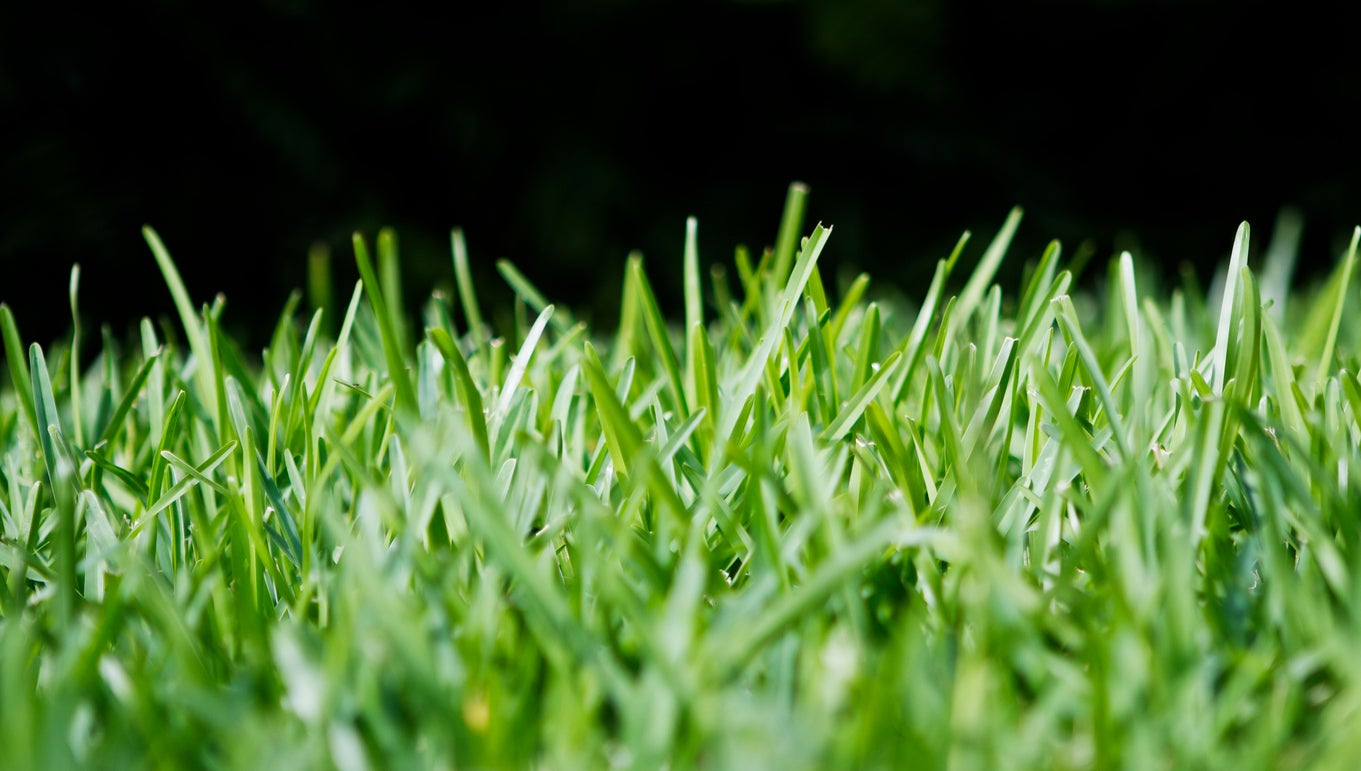
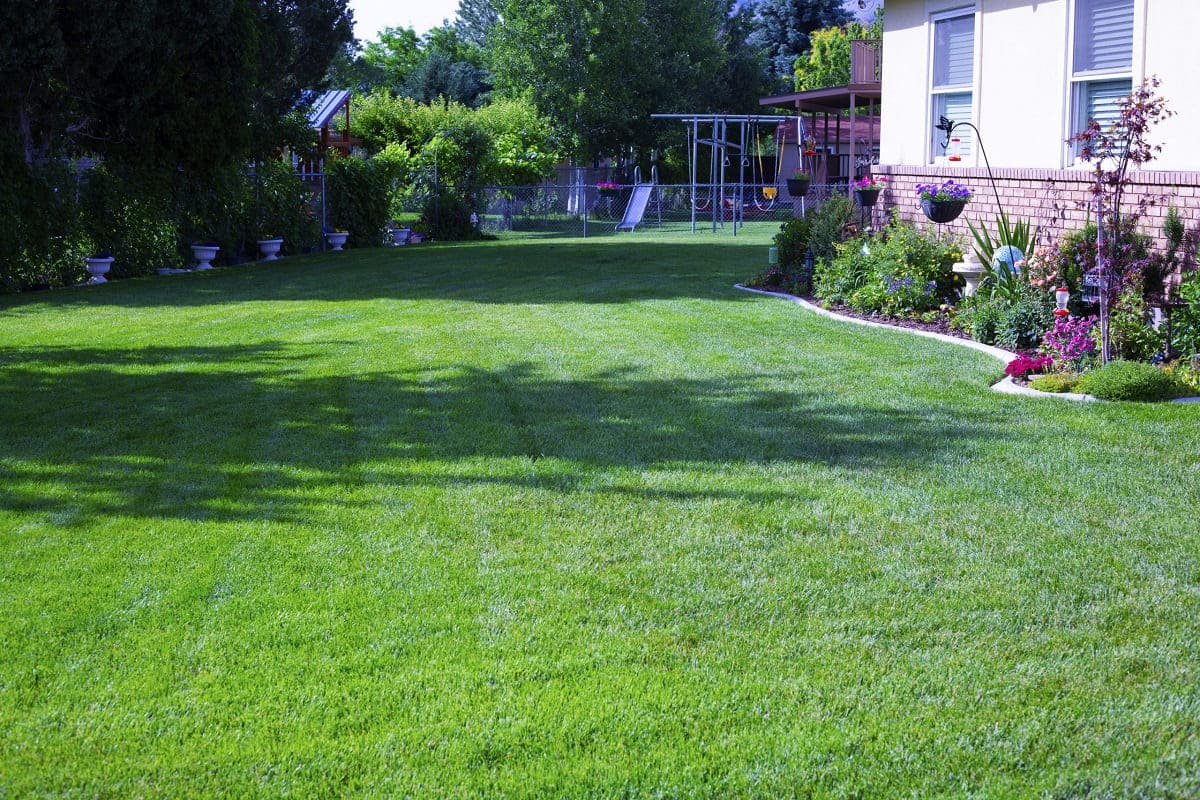
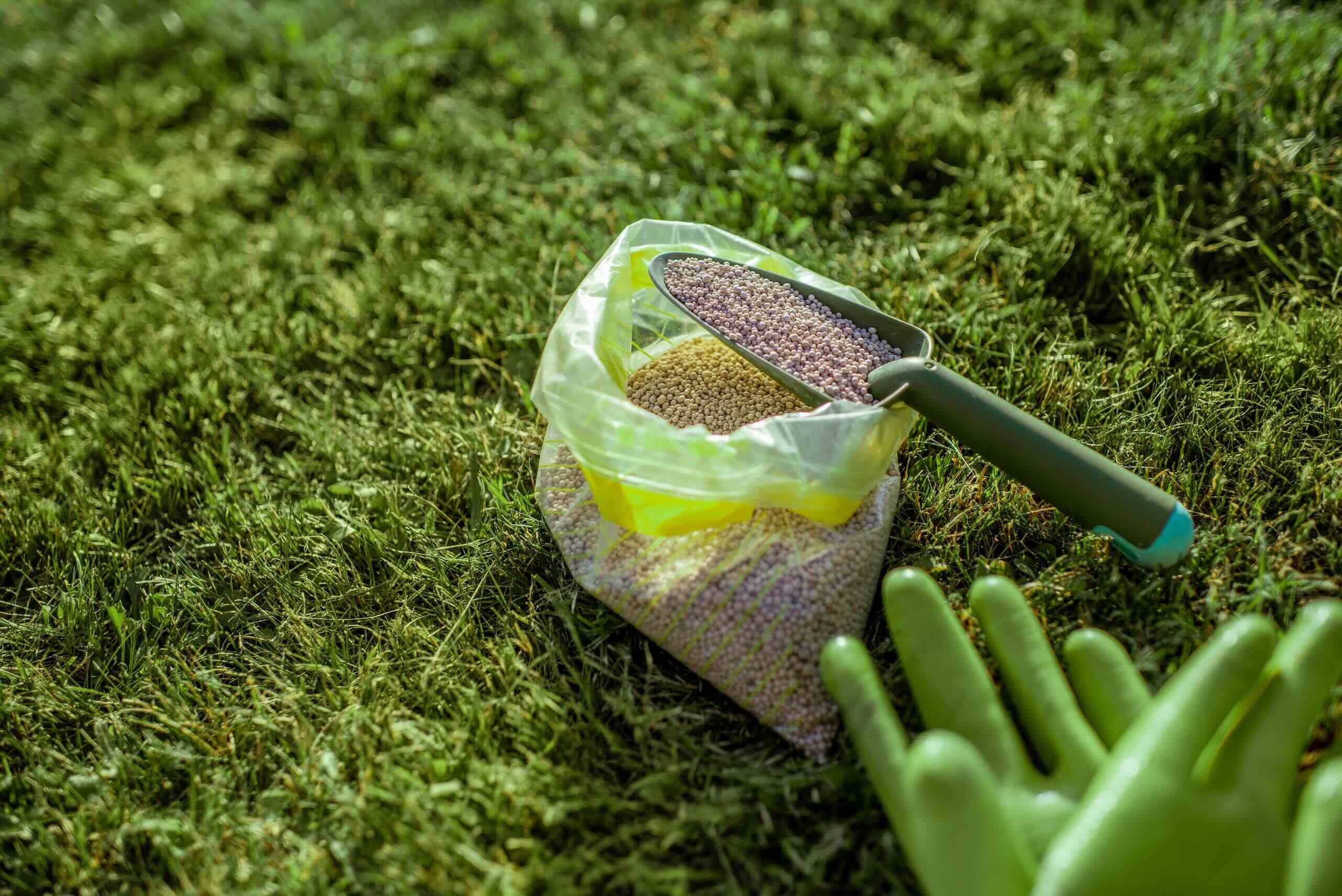
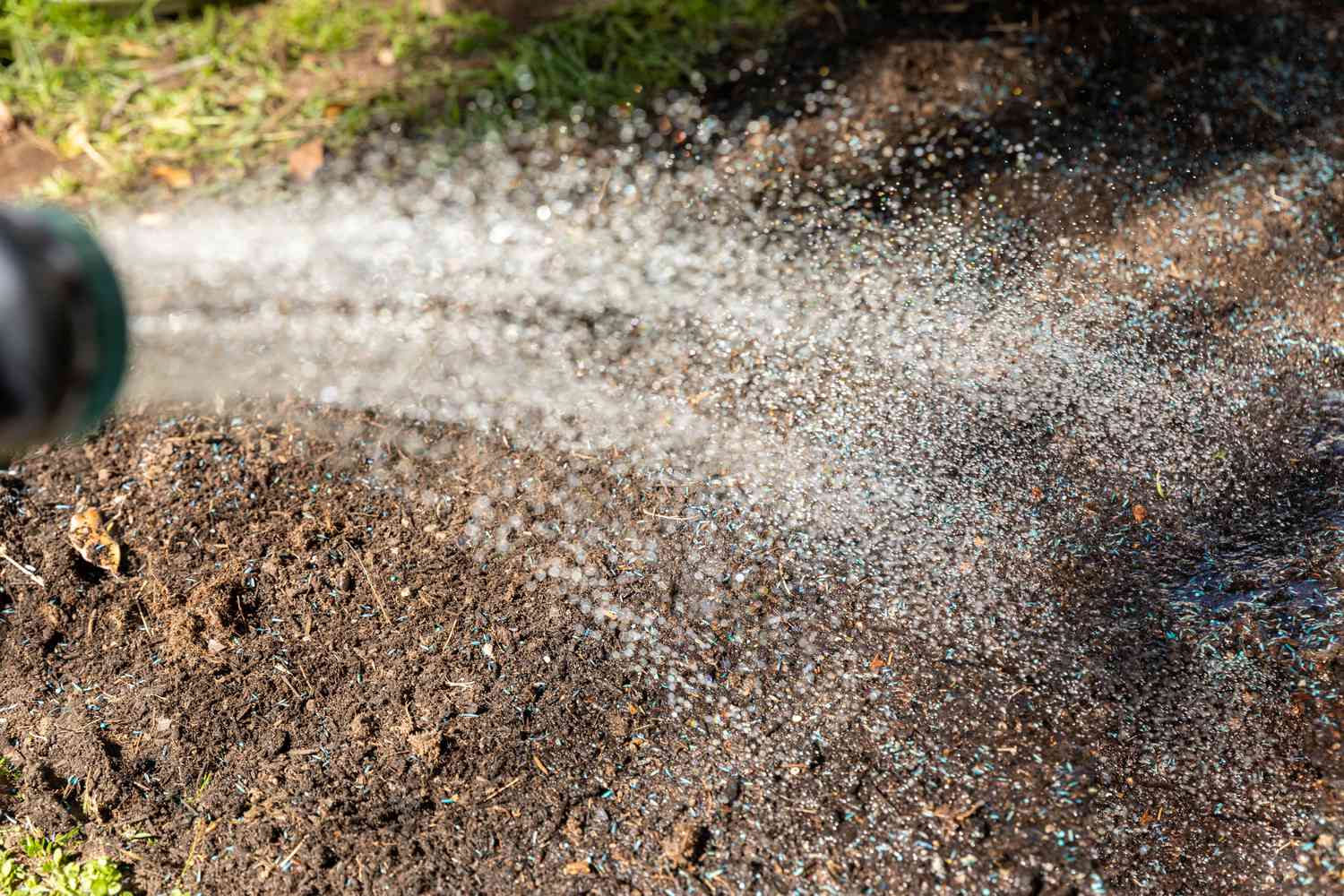
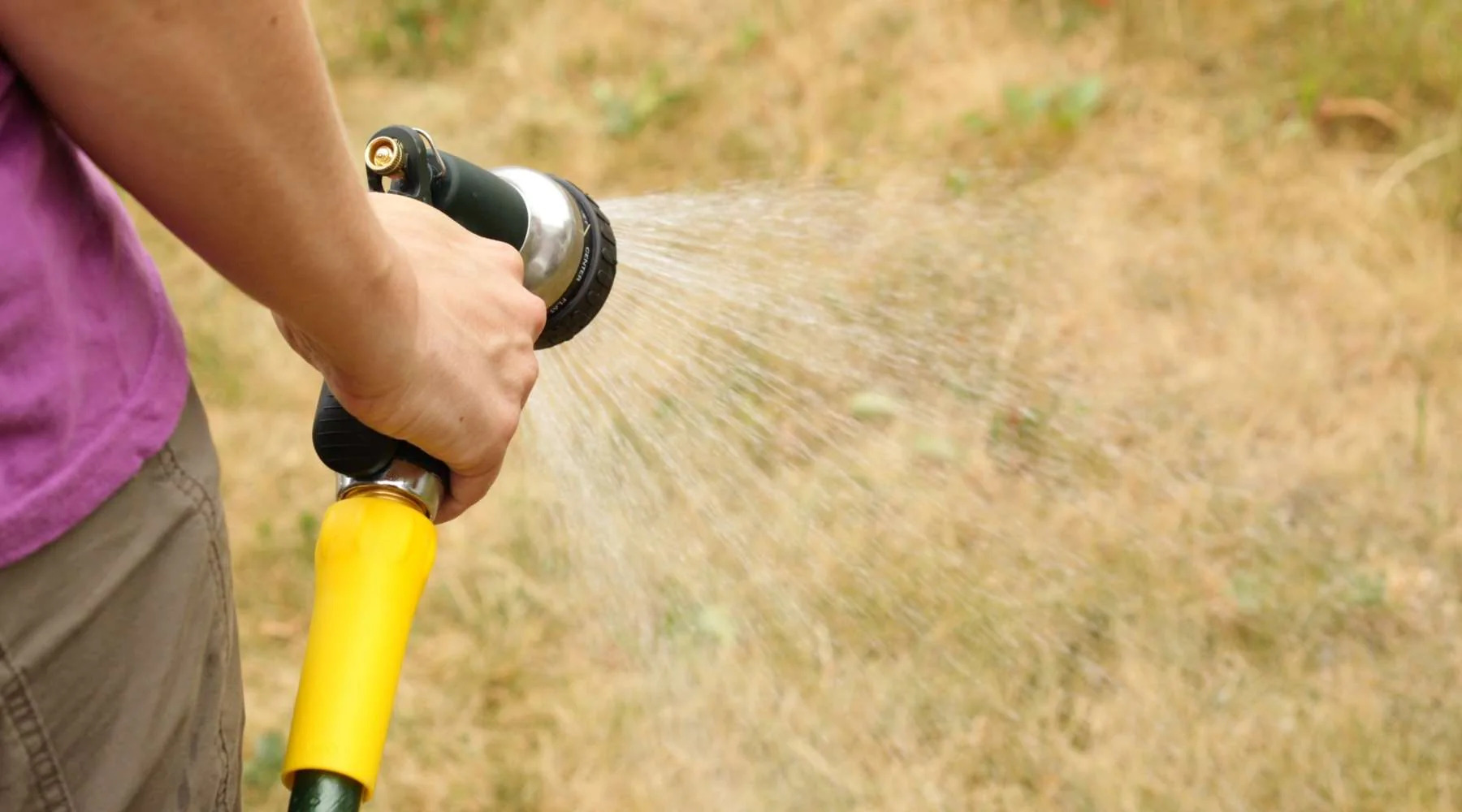
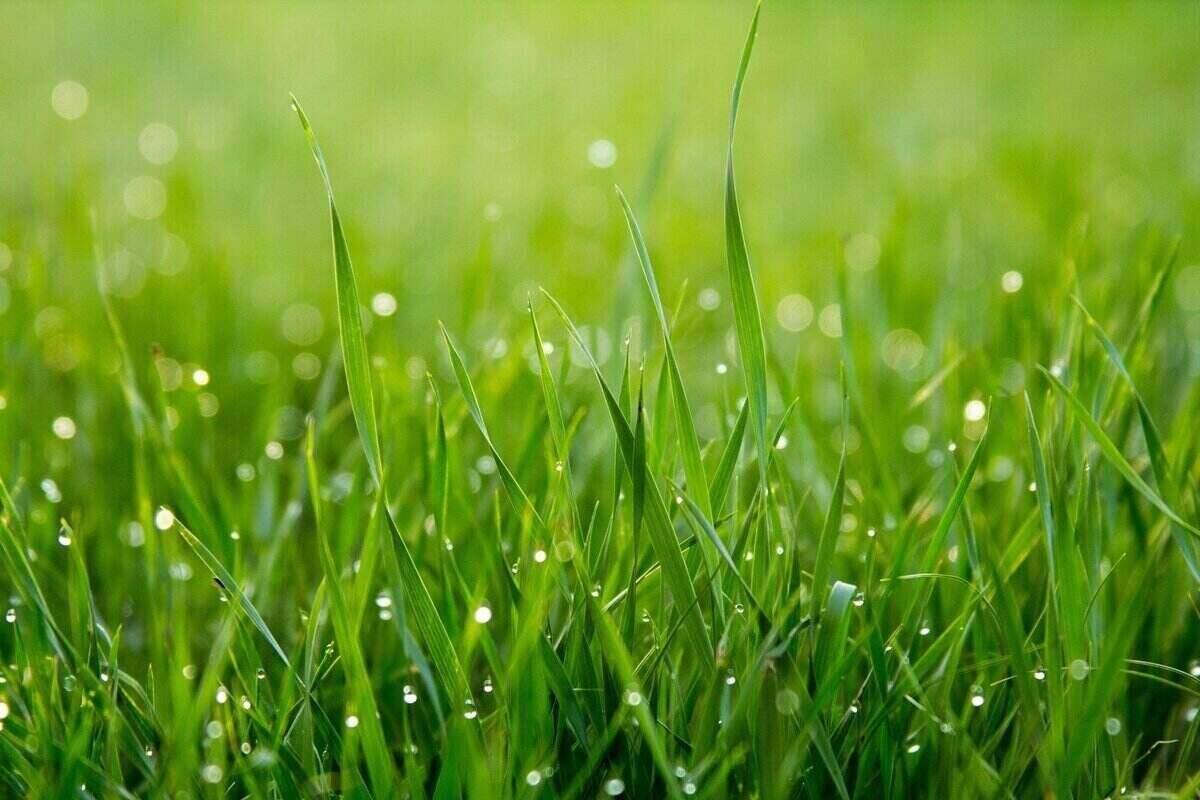
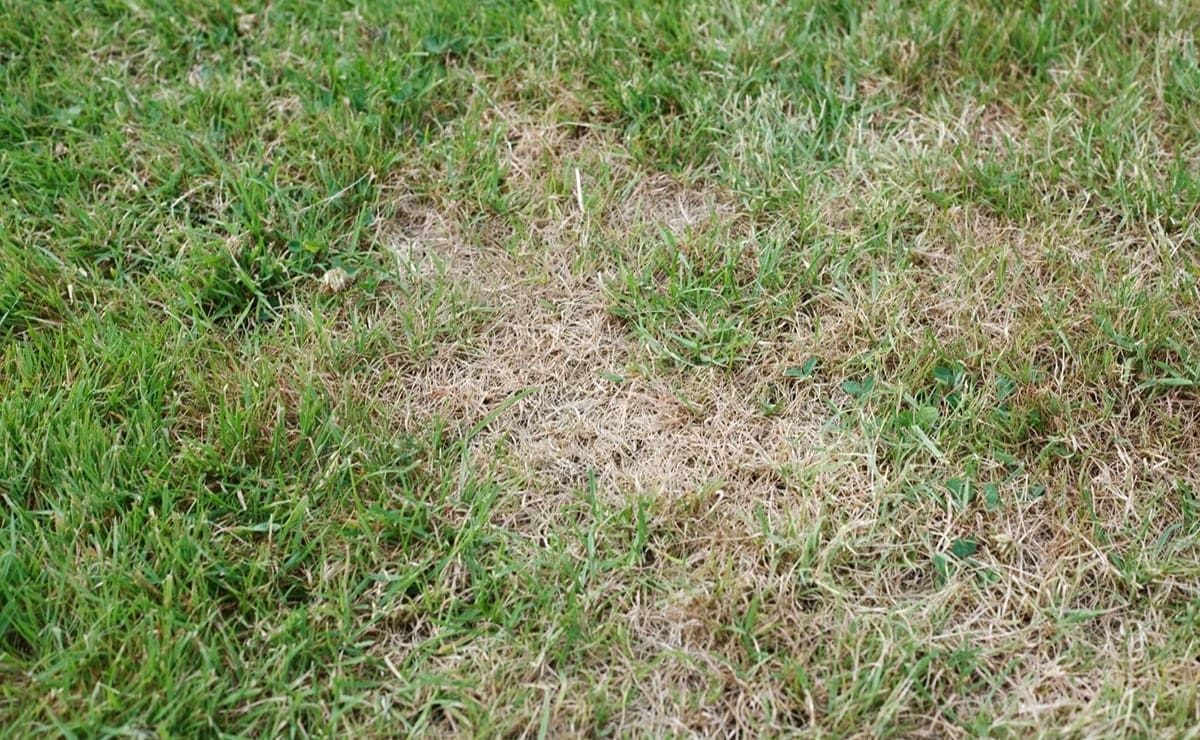
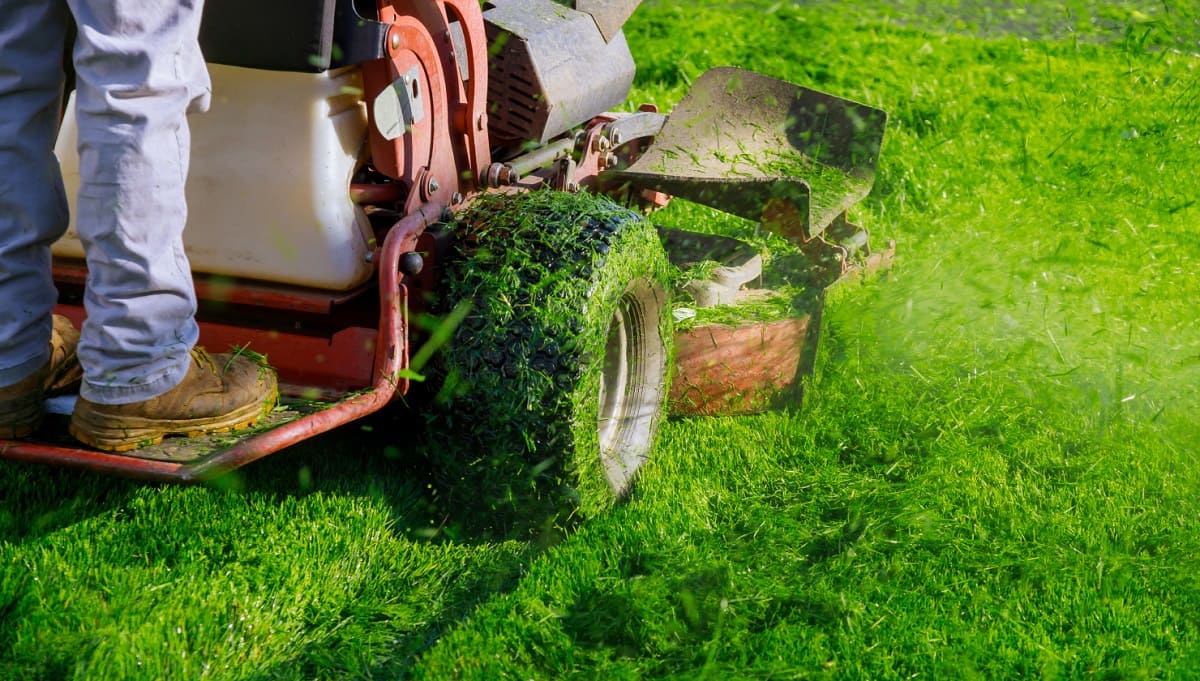

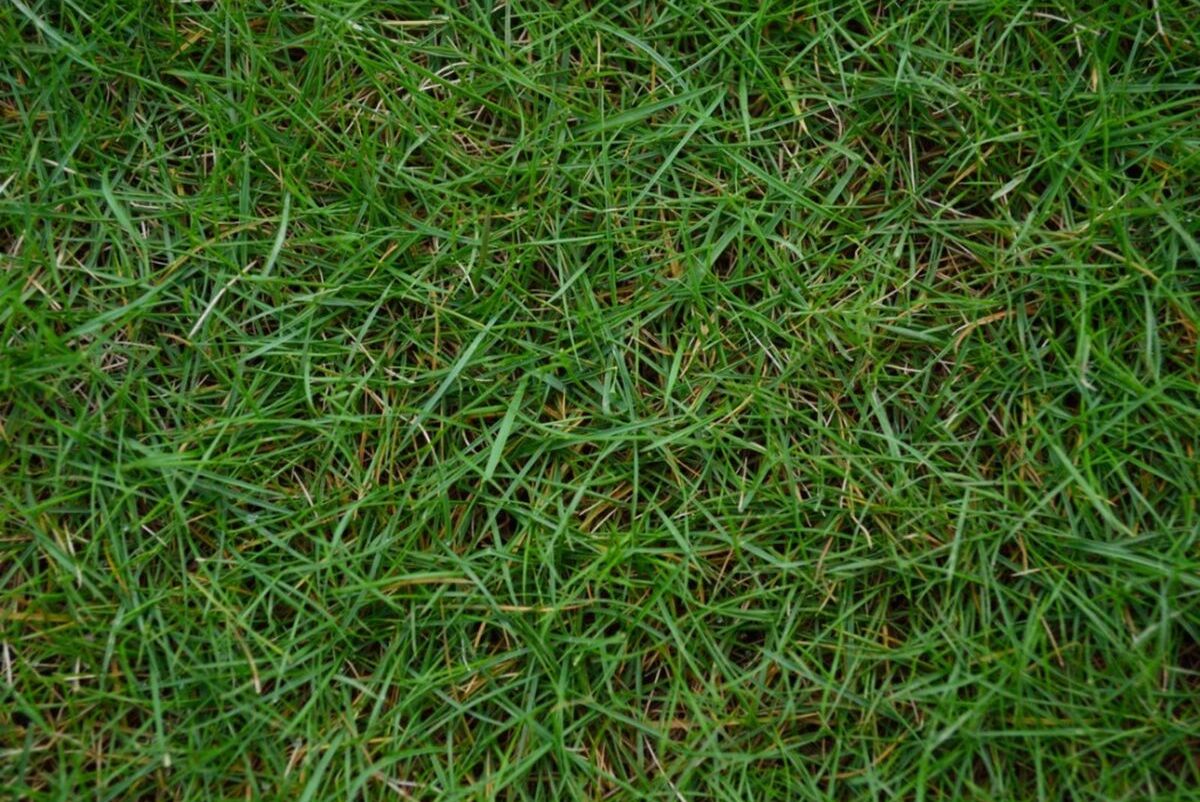
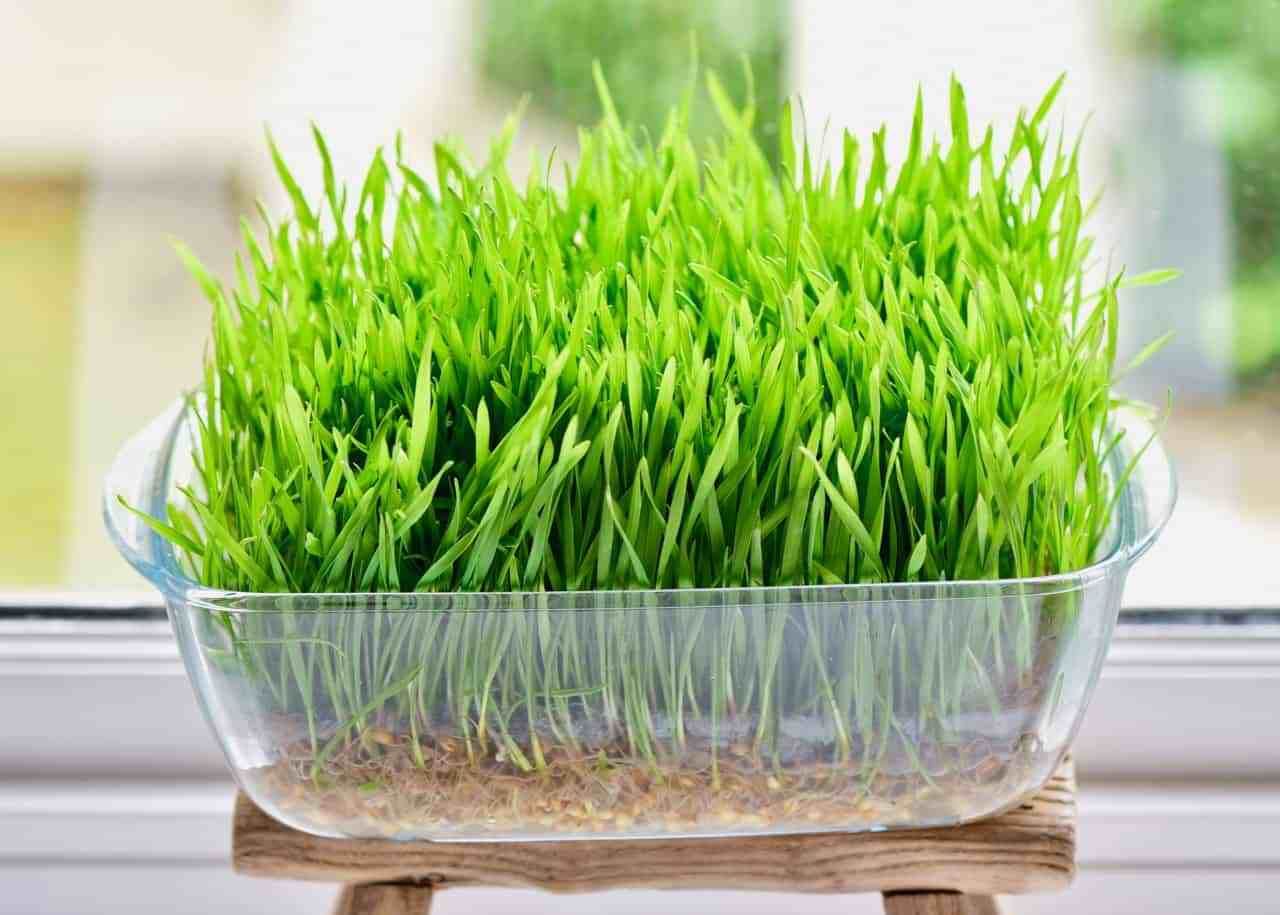


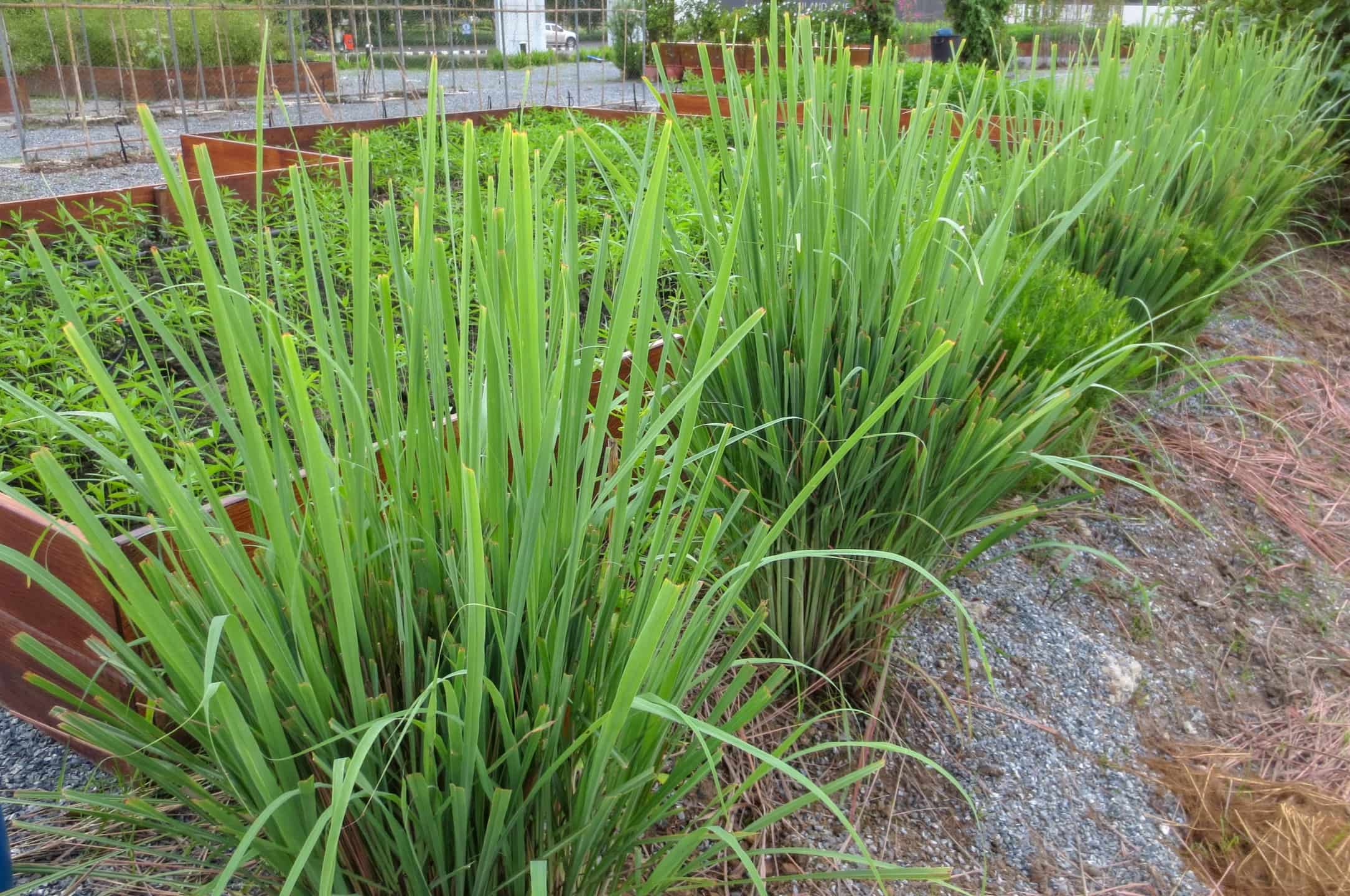

0 thoughts on “How To Help My Grass Grow”